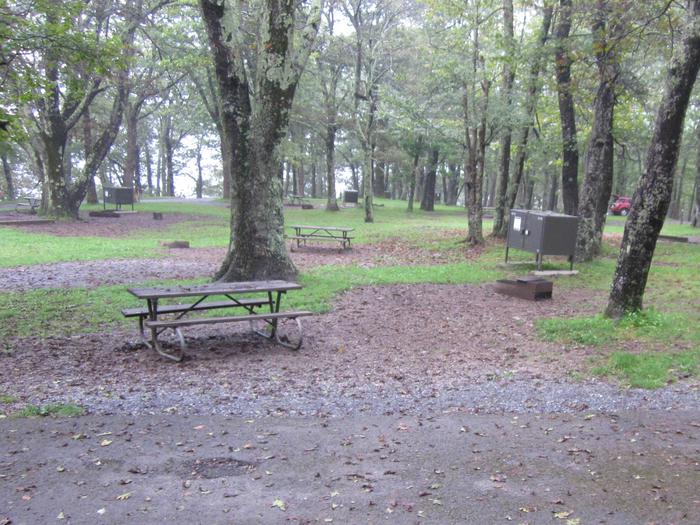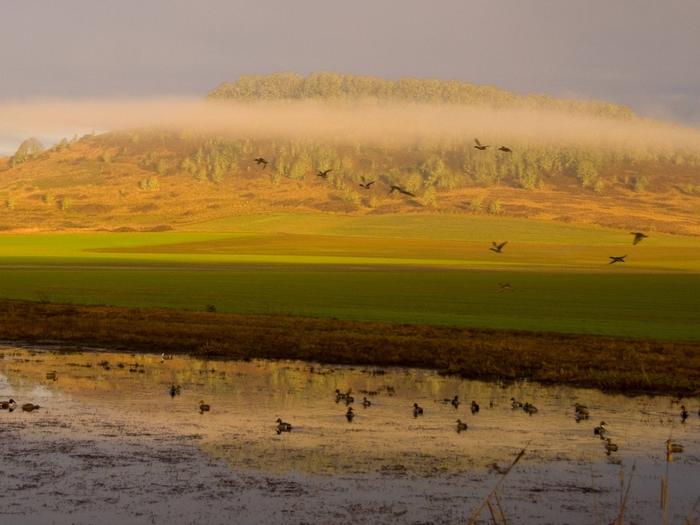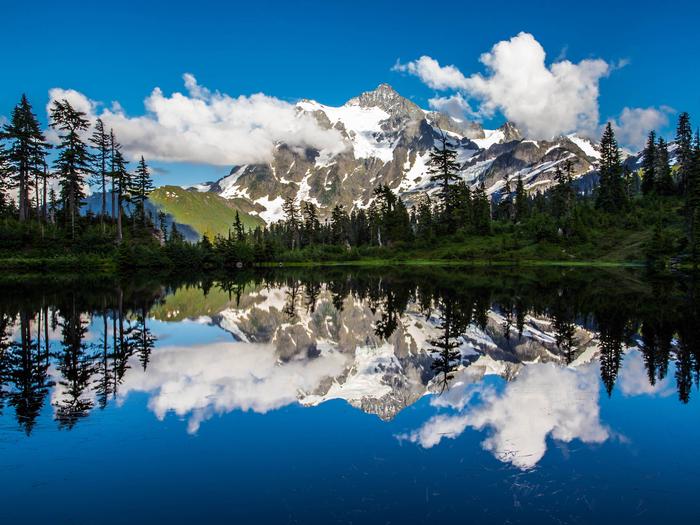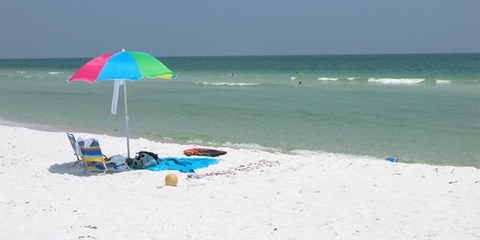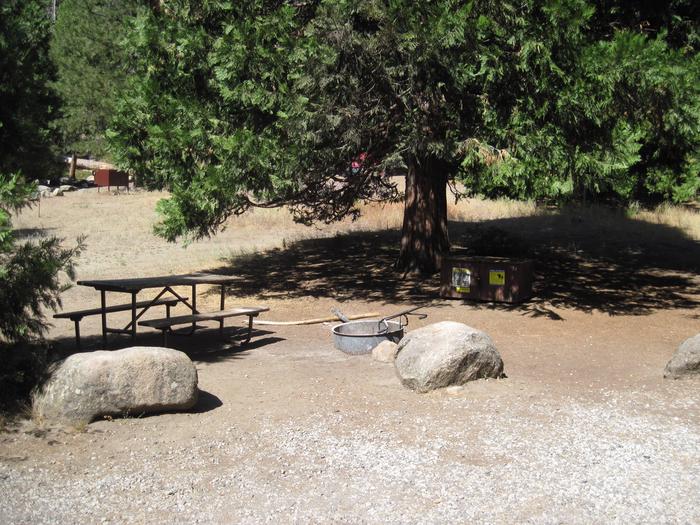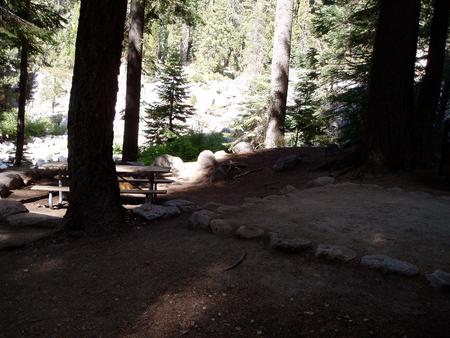Directions
Travel south 10 miles from Corvallis, Oregon, or north 7.5 miles from Monroe, Oregon, to milepost 93 on Highway 99W. Watch for the refuge entrance sign on the west side of the road. Follow refuge signs for 2 miles to the refuge headquarters.
Phone
541-757-7236
Activities
AUTO TOURING, HISTORIC & CULTURAL SITE, INTERPRETIVE PROGRAMS, FISHING, HIKING, HUNTING, WILDLIFE VIEWING
Camping Reservations
Reserve your campsite at these camping areas:
Hiking Trails
Looking for nice hiking areas to take a hike? Choose from these scenic hiking trails:
Related Link(s)
William L. Finley National Wildlife Refuge was created to provide vital wintering habitat for dusky Canada geese. Unlike other Canada geese, duskies have limited summer and winter ranges. They nest on Alaska’s Copper River Delta, and winter almost exclusively in the Willamette Valley. Habitat loss, predation, and hunting have caused a decrease in population. Located in the Willamette Valley, the refuge protects many of the valley’s historic habitats, including the largest remaining tract of native Willamette Valley wet prairie. Fields of wildlife food crops are interspersed with Oregon white oak savannah, meandering creeks with bottomland Oregon ash forest, old growth big-leaf maple, and native prairie. Other management goals are to preserve native species and enhance biodiversity. Endangered and threatened species such as peregrine falcons, bald eagles, Oregon chub, and Bradshaw’s desert parsley find protection and sanctuary on the refuge. A herd of Roosevelt elk can be found in the bottomland forests or farm fields on the refuge. Of historic interest is the Fiechter House, completed in 1857, and thought to be the oldest house in Benton County. The refuge was named for William L. Finley, an early conservationist who persuaded President Theodore Roosevelt to set aside the first national wildlife refuge west of the Mississippi River.

